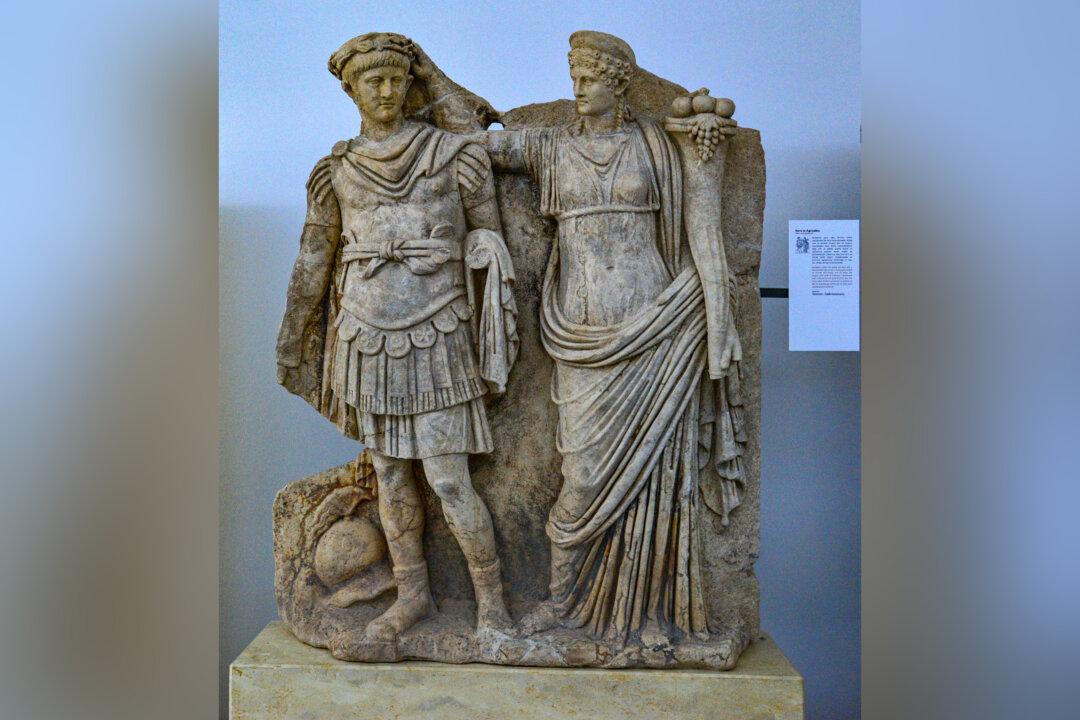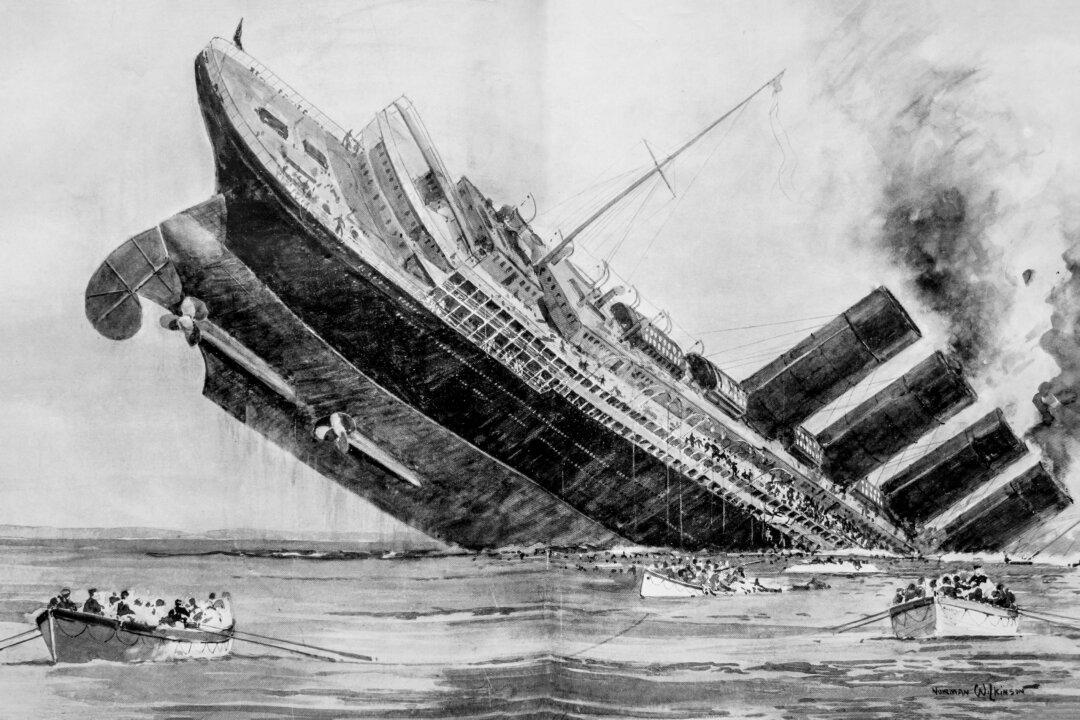Commentary
On Sept. 7, 1303, a French military force which had crossed into Italy seized the pope at his summer palace at Anagni, south of Rome. The soldiers dragged him from his throne, beat him, and threw him in a jail cell, intending to take him back to France for trial. What had prompted such an extraordinary turn of events?
In medieval Europe, church and state had fought battles for centuries over jurisdiction, finances, and influence. By 1300, the papacy had succeeded in weakening the Holy Roman Empire but now faced a challenge from powerful kings in England and France. These monarchs were anxious to increase their revenues and saw taxing the Roman Catholic Church as the obvious answer to their money woes.
The church had always resisted compulsory taxation, but often contributed to kings’ coffers in times of war or emergency. Popes were quick to remind greedy statesmen that the church provided their countries’ social safety net and most educational institutions. Catholic churches ran a multitude of hospitals, asylums, leprosaria, schools, universities, hostels, orphanages, and food programs for the poor; they even ransomed prisoners taken captive by Muslim raiders. Taxing the church would mean less money for these services, but King Edward I of England and King Philip IV of France both swooped in on church property. (They were equal-opportunity extortionists, having squeezed riches out of Italian bankers, Jews, and the Knights Templar.)
The pope in question was
Boniface VIII, an ambitious man who excommunicated his enemies all over Europe. In 1302 he issued a papal decree entitled
Unam Sanctam, the most extreme statement ever of papal claims to power. It stated that there is but one true church, outside of which there is no salvation. God had ordained a secular and a religious power, but the latter was superior to the former. (In other words, the pope ranked higher than any emperor or king.) In fact, the decree concluded, it was necessary for salvation that all men should be subject to the Roman Pontiff.
Philip IV’s response was unambiguous. The French king summoned a national assembly which accused Boniface VIII of a list of crimes including infidelity, loss of the Holy Land, the murder of the previous pope, heresy, fornication, simony, sodomy, sorcery, idolatry, and keeping a demon as a pet. In 1303, he dispatched a force under his henchman
Guillaume de Nogaret (who was to become infamous for his actions against the Knights Templar a few years later) who arrested and abused Pope Boniface. The pontiff was eventually rescued by a mob of townspeople but the damage had been done. The pope, battered and humiliated, returned to Rome where he died shortly thereafter.
The pope’s bluff had been called and papal power had been shown to be an empty shell. In 1305, a Frenchman was elected as Pope Clement V. He backed down from confronting royal power, publicly burned Unam Sanctam, and stated that Philip IV, in accusing Boniface, had shown “praiseworthy zeal.” Clement moved the papacy out of Rome, where it had been based for well over 1,000 years,
to Avignon, a town in southern France.
For the next seven decades, every pope would be a Frenchman and the papacy would be in the control of the French monarchy. This degradation of the church would come to be called the
Babylonian Captivity, recalling the capture and exile of the Old Testament Jews. It lowered the prestige of the church outside France and proved expensive for believers who were now heavily taxed by the popes to pay for the building of a new religious capital in Avignon. It would also weaken the church at a time when its influence was desperately needed—the 14th century was going to be one of the worst periods in human history with the start of the Little Ice Age, the arrival of the Black Plague, endemic warfare, peasant rebellions, and theological schism.
The legacy of Boniface VIII’s arrest would continue. In 1378 the papacy moved briefly back to Rome, but before long the French backed a rival pope in Avignon. Europe was split between those countries supporting the Roman pontiff and those backing the Avignon candidate. It got even worse. In the early 1400s, Western Christendom saw two, then three, then four rival popes before eventually the schism ended. The ambitions of the papacy had been thwarted and the supremacy of national kings was established.








